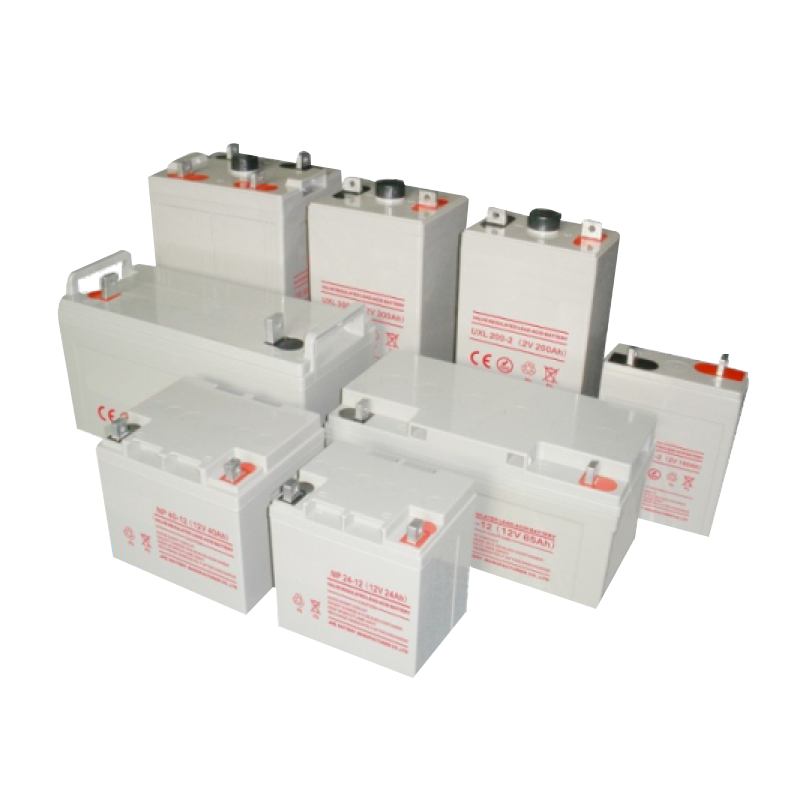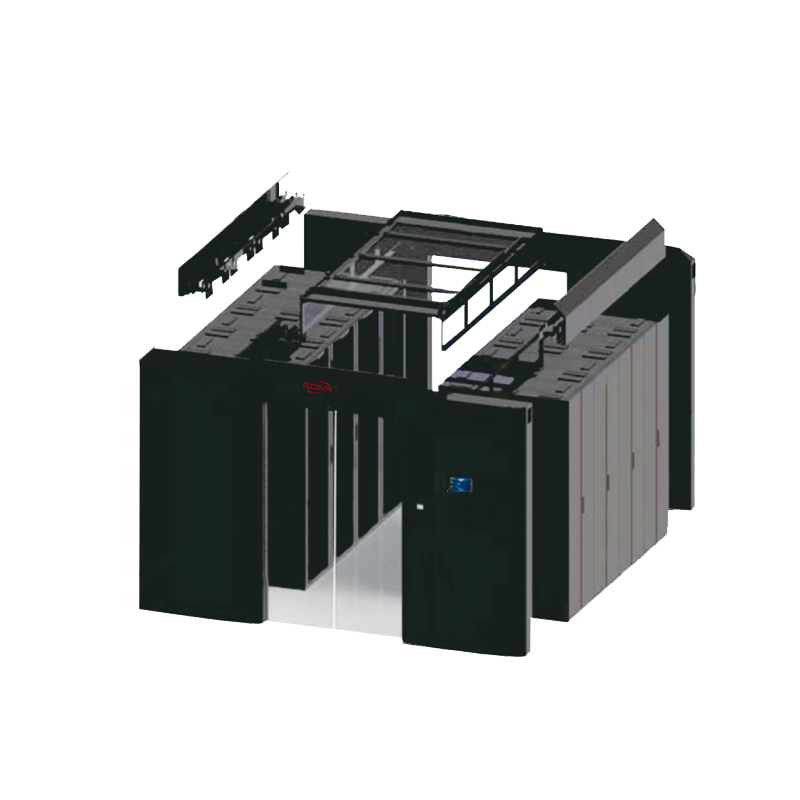 Language
LanguageHigh frequency UPS power supply is a device that stops the conversion, conditioning, and control of electrical energy, and is widely used in various electronic devices and power systems. Its high-frequency operating characteristics give it significant advantages in many areas, including energy conservation, miniaturization, high efficiency, and reliability. Today, we will deepen the discussion on the methods and principles of high-frequency UPS power supply to achieve high-frequency operation, as well as its theoretical application value.
Fundamental principles
The central working principle of high-frequency UPS power supply is to use components such as inductors, capacitors, and transformers to stop high-frequency switching of input voltage and ultimately output a stable voltage. Among them, the main function of components such as inductors, capacitors, and transformers is to stop the storage and transmission of energy, and complete the transformation of voltage and current through rapid switching actions. The frequency of high-frequency UPS power supply is usually between tens of kilohertz and hundreds of kilohertz, which is much higher than the frequency of power supply.
The composition of high-frequency UPS power supply
High frequency UPS power supply mainly consists of rectifier bridge, inverter, filter, etc. The function of the rectifier bridge is to convert the AC power supply into DC power, the inverter converts DC power into AC power, and the filter stops filtering the AC power output by the inverter to obtain a stable and low ripple DC voltage.
Design and Manufacturing of High Frequency UPS Power Supply
The design principle of high-frequency UPS power supply is to ensure its stability, efficiency, and reliability under high-frequency operating conditions. When selecting components, special attention should be paid to their high-frequency performance, such as the ESR (equivalent series resistance) and ESL (equivalent series inductance) of inductors and capacitors, as well as the leakage inductance and scattered capacitance of transformers. Meanwhile, in circuit design, it is important to fully consider resonance and electromagnetic compatibility issues to avoid performance degradation or damage caused by high-frequency oscillations and electromagnetic interference.
After a series of experimental verification, high-frequency UPS power supplies have shown good performance and efficiency in various application scenarios. The experimental results indicate that high-frequency UPS power supplies can achieve small size, light weight, and high reliability while adhering to high efficiency, making them very suitable for modern power electronic systems and electric vehicles. In addition, the experimental results also showed that through optimized design and manufacturing process, the frequency of high-frequency UPS power supply can be further improved, thereby further reducing volume and weight, and improving efficiency.
The key to achieving high-frequency operation of high-frequency UPS power supply lies in its common working principle and design. Through the rational use of components such as inductors, capacitors, and transformers, as well as the selection of appropriate high-frequency performance components and control circuits, high-frequency UPS power supplies can operate stably in high-frequency conditions, completing efficient energy conversion and control. The high-frequency characteristics of high-frequency UPS power supply give it significant advantages such as small size, light weight, high efficiency, and high reliability, making its application value in various electronic devices and power systems widely recognized. With the continuous development of power electronics technology, high-frequency UPS power supplies will have broader development and application prospects in the future.







































































